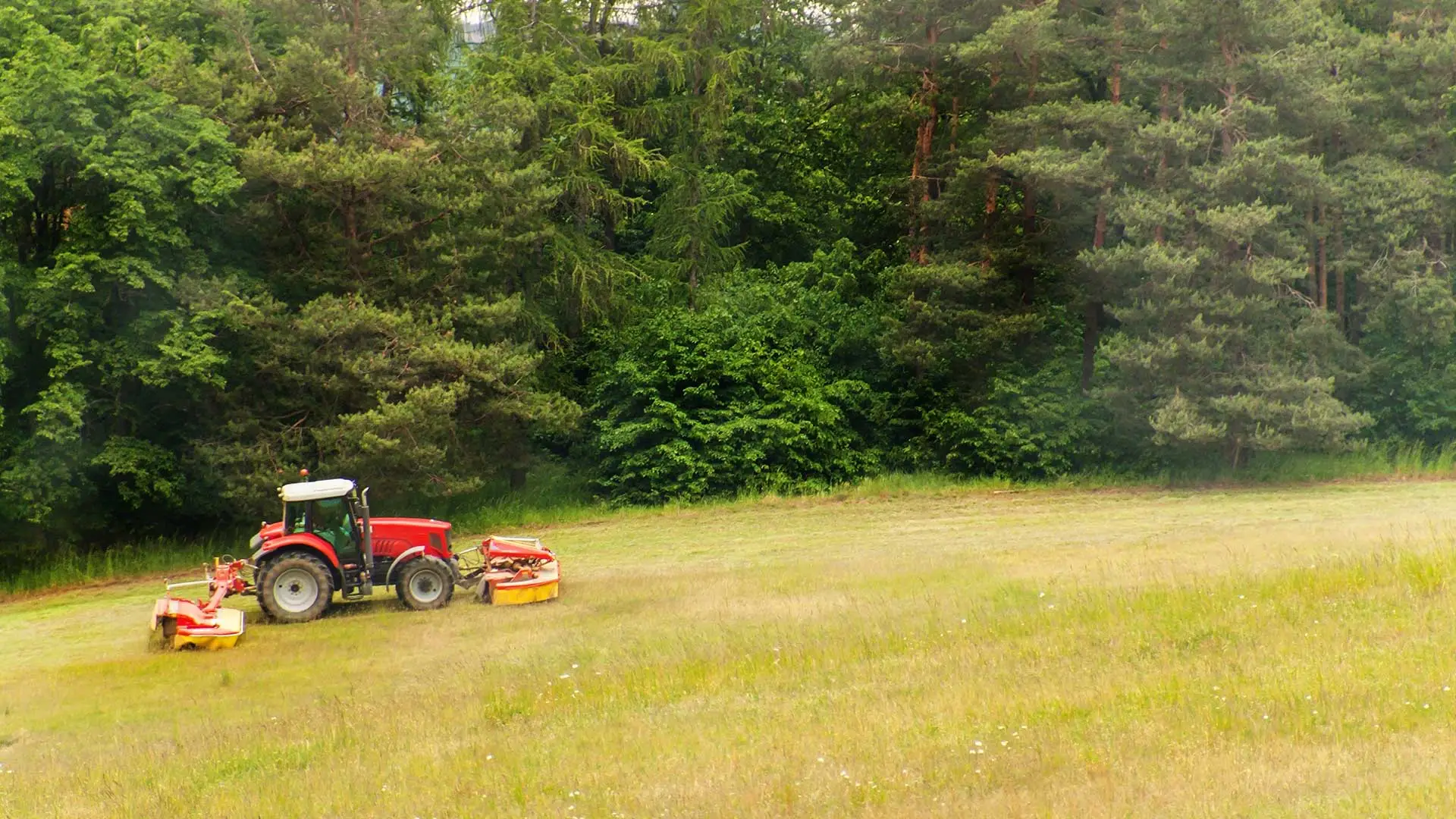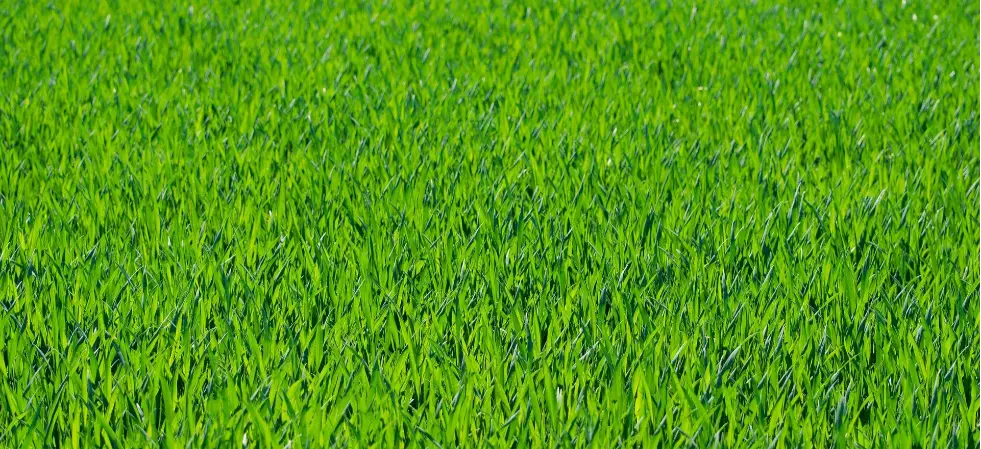Lawn Fertilization Tips for a Healthy, Lush Yard
Regular lawn fertilization is essential if you want a healthy and green lawn. Fertilizing is one of the most significant factors that affect your lawn’s growth, and proper fertilization provides growth and color to your grass and promotes its thickness.
However, many homeowners disregard lawn fertilization because they do not know what grass fertilizers to use or how and when to apply them. If not done correctly, fertilization can do more harm than good to your lawn.
By the time you finish reading this article, you’ll know how and when to fertilize your lawn and what products to use for a healthy, lush lawn.
The Best Time to Fertilize Your Lawn
Fertilizer is lawn food, and the best time to feed your lawn is in the spring when the soil temperature is at 55º Fahrenheit. A simple way to know when the soil reaches the right temperature for fertilization is when the lilacs start to blossom, and the grass starts to grow. If you want to be more accurate, consider investing in a soil thermometer and measure the temperature at any time.
While you can fertilize your lawn several times a year, spring fertilization, around mid-April, is perhaps the most important. This application will boost your lawn growth more than any other fertilization throughout the year.
You should include post-emergent and pre-emergent weed treatment during spring fertilization to avoid the growth of broadleaf weeds. The post-emergent treatment takes care of any weeds that might have already grown, whereas the pre-emergent mostly serves as a preventative measure against weeds that may come in the summer months.
You may also need to apply fertilizer during the other times of the years as outlined below:
- Summer fertilization: Summer months usually need a lighter application to promote color and growth throughout the season’s heat and drought.
- Fall fertilization: Fall fertilization is usually done in combination with seed to encourage germination and control any weeds that may emerge during the season.
- Winter fertilization: Winter application helps to maintain lawn health and color during the cold season. It also helps to ensure the lawn is ready for a healthy forthcoming spring.
Now that you know when to feed your lawn, let us explore some valuable tips for the best lawn fertilization results.
4 Lawn Fertilization Tips for the Best Results
1. Use the Right Type of Fertilizer
There is a wide variety of fertilizers available on the market. Make sure to choose one that contains slow-release nitrogen. Slow-release fertilizer helps feed the lawn more evenly and minimizes growth flushes that usually make mowing difficult. It also minimizes the chances of grass losing nutrients prematurely.
You might be tempted to use fast-acting fertilizer instead of its slow-release counterpart. However, fast-acting, high-nitrogen fertilizers rapidly boost growth, leading to softer leaf tissues that are more vulnerable to disease and insect damage.
Slow-release fertilizers have a coating that regulates the release of fertilizer over a prolonged period. While they are more expensive than their fast-acting counterparts, they’re much better for your lawn and will save you money on lawn care and maintenance in the long run.
2. Understand the Fertilizer Numbers
You have probably noticed the three numbers usually on the fertilizer label, for example, 25-5-10. These numbers represent the percentage of nitrogen, phosphorus, and potassium (abbreviated as N-P-K).
A 20-5-10 fertilizer contains 20% nitrogen, 5% phosphate, and 10% potassium. These are the three essential nutrients your lawn needs to thrive. The rest of the bag’s content is usually filler material that helps ensure a uniform fertilizer application.
A 25-5-10 lawn fertilizer is an excellent basic mix for spring application. Nitrogen promotes leafy green growth, branches, and stems, while phosphorus encourages seed germination and root growth. Potassium helps with nutrient transport, root development, and disease resistance. It also promotes nitrogen absorption by the plant.
3. Apply Fertilizer at the Recommended Rate
Before you start fertilizer application, read the manufacturer’s instructions. Too little or too much fertilizer could be detrimental to the health of your grass. Excessive fertilizer often causes grass to grow too fast and may increase the potential for adverse environmental effects.
On the other hand, too little fertilizer may deprive your grass of the nutrients it needs to succeed. The right amount of fertilizer will help your grass grow healthy and resilient amid weeds, diseases, and insects.
4. Apply Fertilizer in The Right Areas
During lawn fertilization, especially using a broadcast spreader, some fertilizer normally ends up on undesired areas like driveways, sidewalks, and streets. Make sure as much fertilizer ends up on your lawn as possible. Sweep or blow any stray fertilizer back into your grass.
You do not want the stray fertilizer to be washed into storm drains and end up into streams and other water bodies. Help conserve the environment by ensuring lawn fertilizer stays where it belongs. You can achieve that using a drop spreader.
Tips for Fertilizing New Grass
If you are establishing a new lawn from seed grass, plugs, or sod, or you’re planting grass seed on bare lawn spots, you can give your grass a healthy start with starter fertilizer. Unlike established lawns, new grass requires more phosphorus to promote the development of healthy, deep roots.
Some states require that you only use phosphate-containing fertilizers on new lawns. Consult your county extension office if you are unsure of your state’s requirements. Different types of grasses have different needs, so be sure to follow guidelines for the best time to plant grass seed in your region, fertilize, and water your lawn.
You should not use Weed and Feed fertilizers or Crabgrass Preventer fertilizers within four weeks before planting time for any new lawn. Once you plant your seed grass, wait until the fresh grass gets established and you have mowed the lawn at least three times.
There is a lot more to lawn care than fertilizing, and at Linnemann Lawn Care & Landscaping Inc., we do it all. We provide lawn care Columbia, IL residents rely on, aeration Waterloo, IL residents would rather entrust to the professionals, and spring clean-up in Red Bud, IL folks rely on. Basically, whatever your lawn needs, we have got you covered. Visit us today or request a consultation on brick patios and other landscaping ideas.





Comments (0)
Thanks for your comment!
Thanks for your feedback! Your comments have been successfully submitted! Please note, all comments require admin approval prior to display.
Error submitting comment!
There is a problem with your comment, please see below and try again.